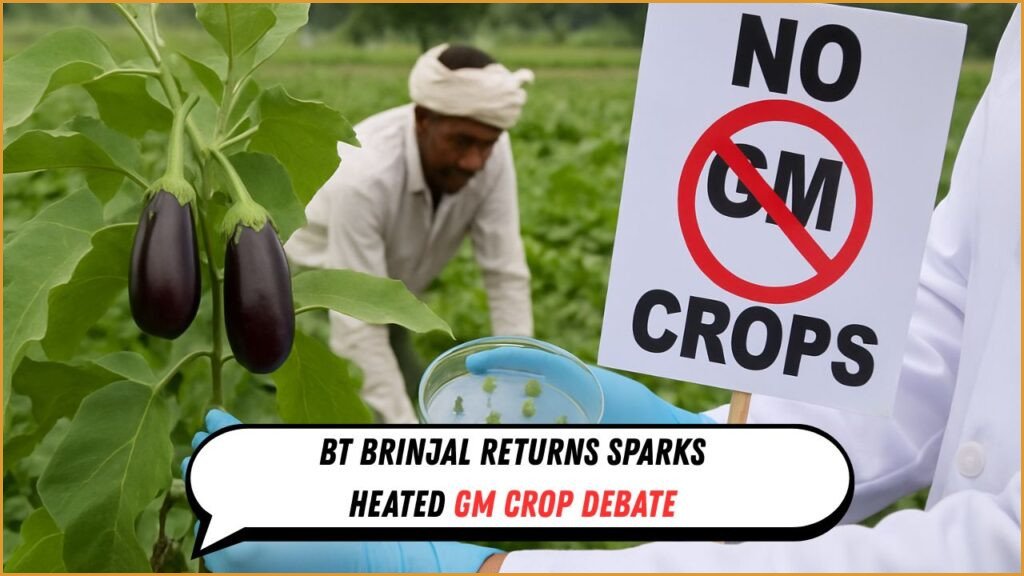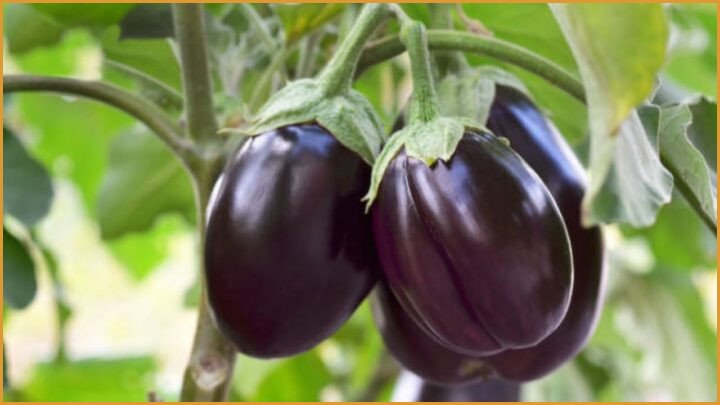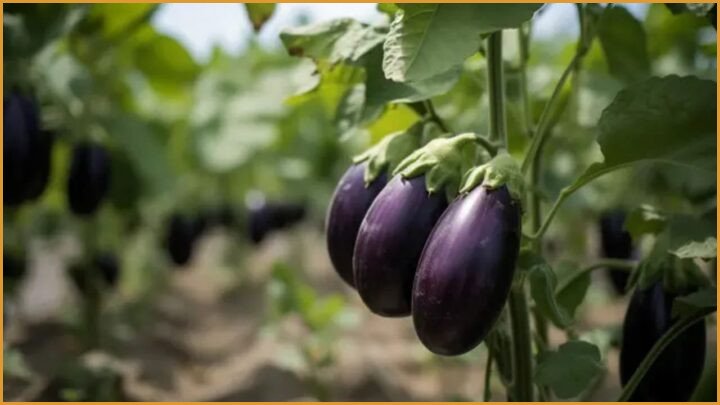Bt Brinjal India – India stands at a crucial agricultural crossroads. As the population grows and climate challenges worsen, the pressure on food production is immense. One of the most debated solutions to this challenge has been genetically modified (GM) crops — and among them, Bt Brinjal remains the most controversial. While countries like Bangladesh have successfully commercialized Bt Brinjal with reported benefits for farmers, India’s journey with the same crop has been fraught with resistance, misinformation, regulatory hurdles, and emotional public debates.

Bt Brinjal, genetically engineered to resist pests like the fruit and shoot borer, was developed as a solution to reduce pesticide use and increase crop yield. In 2010, India was on the verge of commercializing it when a sudden moratorium put the plan on indefinite hold. Scientific experts hailed it as a breakthrough for farmers, while critics voiced concerns about biosafety, corporate control of seeds, and environmental risks.
Fifteen years later, the conversation has resurfaced with greater urgency. Climate change, rising pesticide-related health issues, and stagnating yields are forcing policymakers to revisit GM technology. In this article, we dive deep into the science behind Bt Brinjal, the complex policy battles shaping its future, and the public awareness campaigns that are redefining how India views genetically modified food.
What Is Bt Brinjal and How Does It Work?
Bt Brinjal is genetically modified to produce a protein toxic to specific pests, especially the fruit and shoot borer, a notorious brinjal destroyer.
- Developed by inserting a gene from the bacterium Bacillus thuringiensis (Bt)
- Targets only specific pests without harming humans or non-target organisms
- Reduces the need for chemical pesticides
- Helps in increasing marketable yield
Key Characteristics of Bt Brinjal
| Feature | Description |
|---|---|
| Genetic Modification | Bt Cry1Ac gene inserted from Bacillus thuringiensis |
| Target Pest | Fruit and shoot borer (Leucinodes orbonalis) |
| Pesticide Use | Reduced by 40–50% |
| Crop Yield | Increase of up to 37% |
| Food Safety | Declared safe by multiple regulatory bodies |
| Developer | Mahyco, in collaboration with public institutions |
| First Approved Use | Bangladesh (2013) |
| Status in India | Moratorium since 2010 |

The 2010 Moratorium: A Turning Point in GM Crop Policy
In 2010, India’s Environment Ministry imposed a moratorium on Bt Brinjal despite clearance from the Genetic Engineering Appraisal Committee (GEAC).
- Raised concerns over long-term biosafety
- Lack of consensus among stakeholders
- Political and civil society opposition
- Questions about corporate seed control
- Demand for more transparent trials and data
Timeline of Bt Brinjal in India
| Year | Event |
|---|---|
| 2000 | Initial field trials begin |
| 2006 | Mahyco applies for commercialization |
| 2009 | GEAC gives clearance |
| 2010 | Government places indefinite moratorium |
| 2013 | Bangladesh commercializes Bt Brinjal |
| 2022 | Renewed debates amid rising pest issues |
| 2025 | Pressure mounts on India to re-evaluate GM policies |
Scientific Consensus vs Public Perception
While scientists argue Bt Brinjal is a safe and necessary innovation, public skepticism remains high.
- Studies from ICAR, IARI, and UAS Bangalore showed no adverse effects
- Indian academies declared Bt Brinjal safe for consumption
- Misconceptions about GM crops being “unnatural” persist
- Public campaigns often driven by emotion, not evidence
Misconceptions vs Scientific Reality
| Misconception | Scientific Reality |
|---|---|
| GM crops cause cancer | No peer-reviewed evidence supports this claim |
| Bt Brinjal kills beneficial insects | Targets only specific pests |
| GM crops reduce soil fertility | No impact observed in controlled field trials |
| Organic is always safer | Organic also uses pesticides, sometimes more harmful |
| Bt protein is harmful to humans | Degrades in human gut; not toxic to mammals |
Policy Battles and the Role of Regulatory Agencies
India’s regulatory landscape for GM crops is one of the most complex in the world. Multiple bodies govern the approval, testing, and monitoring of GM organisms.
- GEAC (Genetic Engineering Appraisal Committee): Apex body for GM crop approval
- RCGM (Review Committee on Genetic Manipulation): Approves field trials
- FSSAI: Reviews safety for food products
- Ministry of Environment and Forests: Final decision-maker on release

GM Crop Policy
Regulatory Bodies and Their Roles
| Department/Agency | Role in GM Crop Regulation |
|---|---|
| GEAC | Final appraisal for environmental release |
| RCGM | Monitors biosafety research and field trials |
| DBT (Dept. of Biotechnology) | Funds research, ensures protocol compliance |
| MoEFCC | Issues final notifications and moratoriums |
| ICAR | Conducts agronomic evaluations |
| FSSAI | Evaluates food safety of GM produce |
| State Agricultural Departments | Monitor local trials and public awareness |
Policy Issues Under Debate
- Whether India needs a fresh biosafety law
- Should GM crops be farmer-led or corporate-led?
- Role of states vs centre in agricultural biotechnology
- Licensing and transparency of seed companies
Bangladesh’s Bt Brinjal Success: Lessons for India
Bangladesh introduced Bt Brinjal in 2013 and now grows it across thousands of hectares with notable success.
- Farmers report fewer pesticide sprays
- Yield increased substantially
- Lower cost of production
- Increased profit margins
Bangladesh vs India: Bt Brinjal Outcomes
| Factor | Bangladesh Outcome | India Status (as of 2025) |
|---|---|---|
| Year of Adoption | 2013 | Not adopted |
| Area Under Cultivation | 65,000+ hectares | 0 |
| Farmer Acceptance | High | Not applicable |
| Government Support | Strong extension programs | Moratorium still active |
| Pesticide Use | Dropped by 61% | High pesticide dependency |
| Consumer Acceptance | High after awareness drives | Skepticism and fear |
Public Awareness and Farmer Education Campaigns
In India, lack of awareness is a bigger challenge than the technology itself. Most farmers and consumers are not informed enough to make independent decisions.
- NGOs, scientists, and agricultural universities now running GM education campaigns
- Need for transparent public field trials to build trust
- Farmers’ feedback from Bangladesh being showcased
- Social media used to spread myths and facts alike
Steps Needed to Improve Awareness
- Conduct public demonstration trials in multiple states
- Invite farmers from Bangladesh to share real stories
- Provide scientific training through KVKs and agri universities
- Translate scientific findings into local languages
- Create videos and radio content for rural outreach
Key Departments to Contact for GM Crop Information
| Department Name | Contact Email / Phone | Responsibility Area |
|---|---|---|
| Ministry of Environment (MoEFCC) | contact-mef@gov.in / 011-2436-1012 | Policy and approvals |
| Department of Biotechnology (DBT) | biotech@nic.in / 011-2436-2242 | GM crop research and trials |
| ICAR – Indian Council of Agri Res. | icar@nic.in / 011-2584-3364 | Evaluation and field performance |
| GEAC Secretariat | geac.secretariat@nic.in | Risk assessment and clearance process |
| State Agriculture Department | Varies by state | Farmer outreach and extension programs |
| FSSAI | info@fssai.gov.in / 1800-112-100 | Food safety regulations |
| Mahyco | info@mahyco.com | Bt Brinjal developer, seed information |
FAQs
Q1. Is Bt Brinjal safe for human consumption?
Yes, multiple studies and regulatory agencies have confirmed that Bt Brinjal is safe for humans.
Q2. Why was Bt Brinjal banned in India?
It wasn’t banned but placed under moratorium due to lack of consensus and public opposition.
Q3. Can Indian farmers grow Bt Brinjal legally?
As of 2025, growing Bt Brinjal is not legally permitted in India.
Q4. Has any Indian state approved Bt Brinjal?
No state has approved it independently, as approval must come from the central government.
Q5. How can farmers learn more about GM crops?
They can contact their local agricultural university, KVKs, or government extension programs for accurate information.
How do public awareness campaigns influence the acceptance of genetically modified crops?
They educate and shape public opinions on GMOs and agricultural practices.
What are the key policy battles surrounding Bt Brinjal in India?
Policy battles involve regulation, approval, and commercialization of Bt Brinjal.
How does scientific analysis impact the adoption of genetically modified crops in India?
It influences decision-making and public perception.
How does the debate on Bt Brinjal shape the future of GMOs in India?
It impacts regulations, public perception, and agricultural practices.





